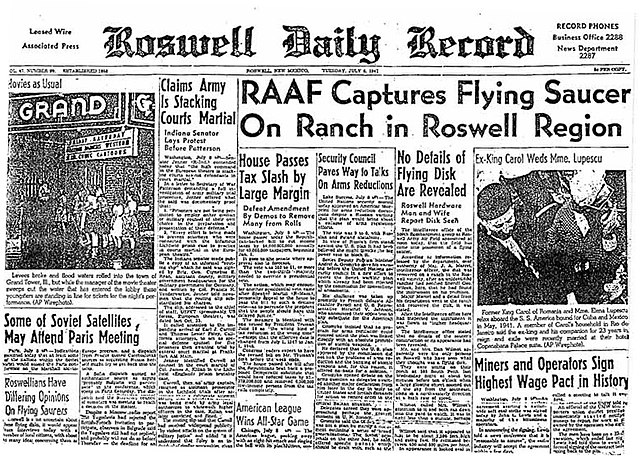The UFO (Unidentified Flying Object) extraterrestrial hypothesis is one of several theories attempting to explain the origin and nature of UFO sightings. It posits that some UFOs are not man-made or natural phenomena but rather represent evidence of visitation by extraterrestrial civilizations. Here’s an exploration of the UFO extraterrestrial hypothesis, including facts, theories, and considerations:
1. UFO Sightings:
- UFOs refer to objects or phenomena observed in the sky that cannot be readily identified as conventional aircraft, weather balloons, or other known objects. UFO sightings have been reported worldwide for decades.
2. The Extraterrestrial Hypothesis (ETH):
- The UFO extraterrestrial hypothesis suggests that some UFOs represent advanced spacecraft or probes of extraterrestrial origin. Proponents argue that these objects are evidence of alien visitation to Earth.
3. Roswell Incident:
- The Roswell UFO incident of 1947 is often cited as a key event in UFO lore. The U.S. military initially reported the recovery of a “flying disc,” but later stated that it was a weather balloon. Conspiracy theories claim it was a UFO and that the government engaged in a cover-up.

4. Close Encounters:
- The classification system for close encounters, popularized by ufologist J. Allen Hynek, categorizes UFO sightings based on proximity to witnesses. Close Encounters of the Third Kind involve observations of occupants or beings associated with UFOs.
5. Abduction Claims:
- Some individuals claim to have been abducted by extraterrestrial beings and subjected to medical examinations or other experiences aboard UFOs. These claims are often associated with the extraterrestrial hypothesis.
6. Government Investigations:
- Various governments have conducted investigations into UFO sightings. For instance, the U.S. government’s Project Blue Book examined thousands of UFO reports from 1952 to 1969, ultimately concluding that most sightings had conventional explanations. In recent years, the U.S. government has declassified and acknowledged the existence of military encounters with UFOs.
7. Challenges and Skepticism:
- Critics of the UFO extraterrestrial hypothesis point to a lack of conclusive evidence. Many UFO sightings have been explained as misidentifications, hoaxes, or natural phenomena. The absence of concrete physical evidence, such as artifacts or technology, is a significant challenge to the hypothesis.
8. Possibilities Beyond Extraterrestrials:
- While the extraterrestrial hypothesis is one explanation for UFOs, other possibilities include secret military aircraft, atmospheric or astronomical phenomena, and psychological or perceptual factors that can lead to misinterpretations of observed objects.
9. Scientific Study:
- Some scientists and organizations have sought to investigate UFO phenomena using rigorous scientific methods. These efforts aim to separate credible reports from anecdotal or dubious claims.
10. Ongoing Research:
- The field of ufology continues to evolve, with ongoing research into UFO sightings and experiences. New technology, such as advanced sensors and cameras, may provide better data for scientific analysis.
In summary, the UFO extraterrestrial hypothesis remains a topic of enduring interest and debate. While some argue that UFO sightings represent evidence of alien visitation, others emphasize the need for critical examination, scientific investigation, and consideration of alternative explanations. As the study of UFOs continues, the search for definitive answers about their origin and nature remains ongoing.











